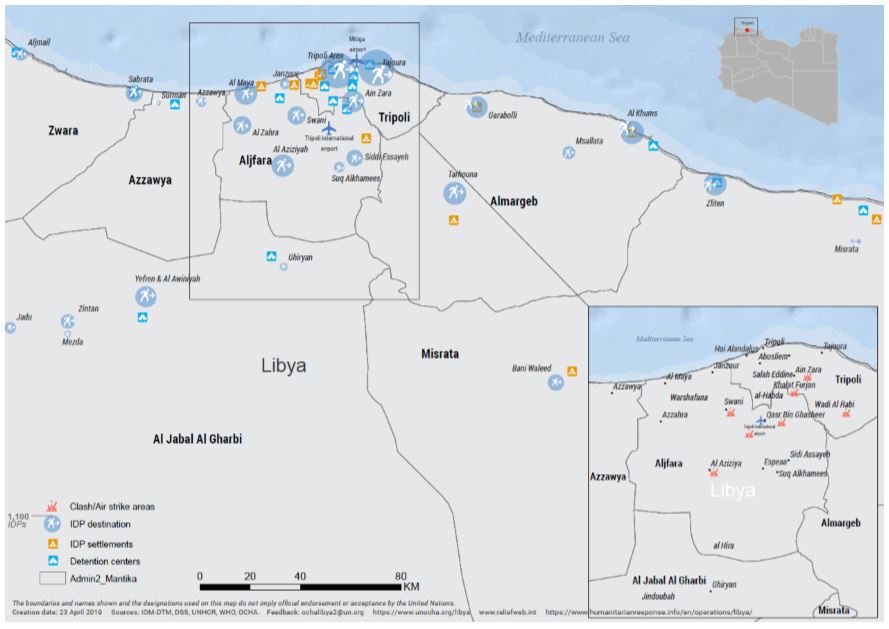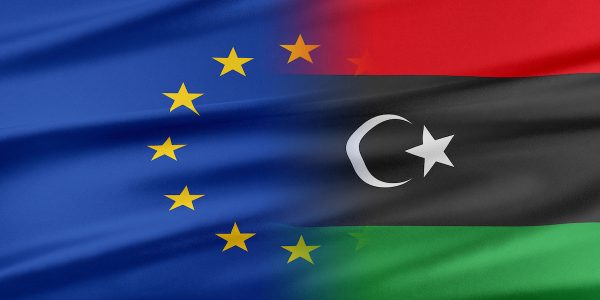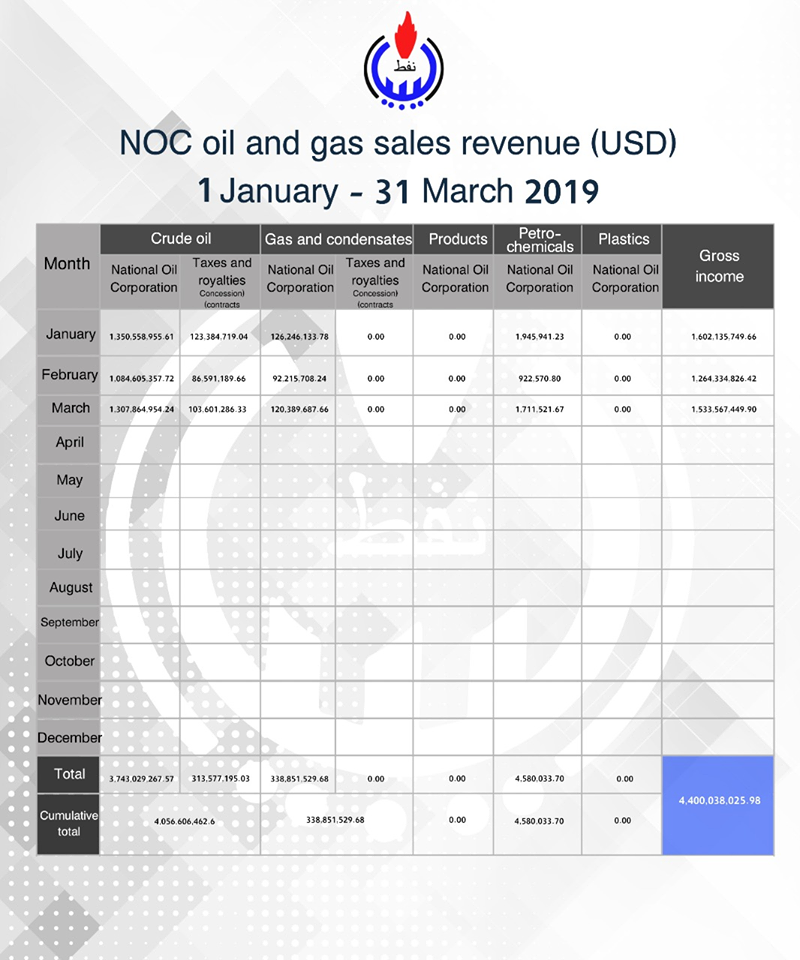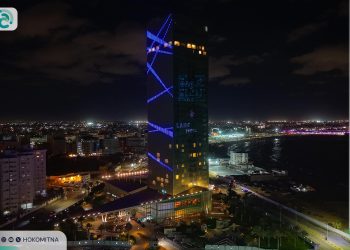By Sami Zaptia.
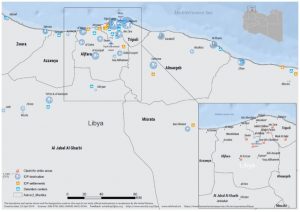
London, 25 April 2019:
Fluid fighting has continued on multiple fronts in and around the south west and southern boundaries of Tripoli as the two adversaries fail to impose their will on the battlefield. The humanitarian situation continues to worsen as the World Health Organization has reported that the latest death toll stands at 278 with 1,332 wounded.
Independent sources have confirmed that on Monday and Tuesday, the GNA-aligned forces gained ground beyond Aziziya and the Hira region, pushing towards the road up the mountains to Gharian. However, today there are some reports that Khalifa Hafter-led Libyan National Army (LNA) and aligned forces may have pushed back.
Despite all the fog of war and the war propaganda by both sides, it is clear that the GNA-aligned forces have failed to push up the mountain road to Gharian, as they had threatened and promised to do over the last few days. But equally, the LNA-aligned forces have failed to penetrate central Tripoli. The frontlines have remained fluid and changing from morning to evening and from day to day, concentrated at Ain Zara, Wadi Rabea and around Tripoli International Airport.
The official Spokesperson for the internationally-recognized Government of National Accord, Muhanad Younis said yesterday that the Faiez Serraj ‘‘oversees the management of the battle against the Haftar militias, and (there will be) no negotiations or dialogue until after defeating the aggressors.’’
He also added that Serraj affirmed that ‘‘his request to send a fact-finding committee from the Security Council is to document the crimes and violations committed by the aggressor forces against civilians and to target the institutions, and that he did not request international observers for a ceasefire’’.
The GNA-aligned Volcano of Anger Operations Room press briefing yesterday said that its forces had advanced in the Sbea and Sug Al-Sibit areas and that they had ‘‘taken control of large parts of these areas, strengthening their position and threatening the supply routes of the militias of the war criminal (Hafter) between Gharian and Sbea from one side, and Tarhuna and Gaser Ben Gashir from another’’.
They also claimed that their forces had ‘‘strengthened their presence in the vicinity of the Boughilan and Al-Asabaa bridge areas, which threatens the supply routes of the war criminal’s militias and restricts their movements’’.
The news brief also confirmed that as part of the policy of the good treatment of all war criminals, according to the local and international laws and conditions, a number of mothers were given permission to visit their imprisoned sons who had been captured fighting for the LNA-aligned forces and who are now being held in the city of Zawia.
The brief concluded by reiterating that while they did not start this war, they will determine the time and place of its end.
The LNA has, meanwhile, claimed to have shot down another GNA jet fighter. This is disputed and even the LNA-aligned photographs of the purported downed fighter jet are disputed. They claimed to have conducted air strikes on GNA-aligned forces near the Hira region.
On the political front, UNSMIL head Ghassan Salame continued his international push for a political solution by visiting Tunis on Monday. UNSMIL reported that he was ‘‘In a tour to several capitals to advocate de-escalation in Libya’’, meeting Tunisian Foreign Minister Khamis Jhinaoui in Tunis where they discussed developments related to clashes in southern Tripoli. UNSMIL said both sides asserted the UN-facilitated political process is ‘‘the ideal and only way to end the Libyan crisis.’’
Yesterday, Salame was in Rome where he had ‘‘explored ways to encourage all stakeholders to convince the parties to the conflict to stop fighting and resume the political process’’, UNSMIL reported.
Salame told the press in Rome “The UN continues its role in Libya. We have been providing assistance to thousands of families affected by the fighting to be relocated to safer areas. Thanks to the UN team for providing lifesaving humanitarian assistance on daily basis.” He added that, “The mission continues efforts to bring together the various parties in hope that they can recognize, before (the holy and fasting month of) Ramadan, that it is better to stick to the political process than further fighting where there is no winner while the country is losing.’’
On the humanitarian front, and in response to the ongoing intense clashes in Tripoli, four United Nations agencies launched the Rapid Response Mechanism for the first time in Libya to provide assistance to vulnerable displaced families.
The International Organization for Migration (IOM), the United Nations Population Fund (UNFPA), the United Nations Children’s Fund (UNICEF) and the World Food Programme (WFP) launched the Mechanism, which brings together local partners and agencies’ expertise and enables access to intuitively and rapidly provide the required assistance.
Through this, key packages including food parcels, hygiene kits, dignity kits, baby kits and non-food items are delivered to families in collective shelters or urban settings. All items are necessities that ensure the basic and immediate needs of recently displaced people are met, the UN reported.
As of 24 April, the UN reported that the Rapid Response Mechanism has reached almost 9,500 newly displaced people including 3,802 children and 2,470 women and girls and will continue to assist populations affected by the ongoing conflict.
It said that the clashes in Tripoli continue to force displacement as they intensify, with the latest displacement figures showing that almost 35,000 individuals have been displaced from their homes since the onset of the fighting on 5 April 2019.
Meanwhile, in its latest report, the UN Office for the Coordination of Humanitarian Affairs (OCHA) said that after 7 years of instability and insecurity in Libya, civilians are now devastated by violence and water, electricity, food and healthcare shortages. It added that living conditions of civilians trapped in conflict zones in are shocking. It called for ‘‘unconditional humanitarian access immediately’’.
On the effects of the fighting on the boundaries of Tripoli over the last few days, the report said that the UN and humanitarian partners are closely following up on corroborated reports received of 30 people being injured and hospitalised following violence in the Gaser Ben Ghashir refugee Detention Center, where some 890 refugees and migrants are located. Efforts are underway for the urgent relocation of all individuals to safer areas, the report said. OCHA also reported that 1,400 children were receiving psychosocial support.
Reporting on Monday and Tuesday, the report said that for the second night in a row, relative calm had prevailed, with the exception of airstrikes against military positions in Wadi Al Rabea and artillery/shelling reported overnight on 22-23 April in the vicinity of Tripoli International Airport and Ain Zara. It attributed this ‘‘relative calm’’ to prevailing sandstorm and bad weather conditions.
It reports that at least 90 civilian casualties, including 21 fatalities, have been verified since the beginning of the conflict. These casualties include medical personnel, women and children, and at least one foreign national. It confirmed that approximately 35,000 displaced individuals have been identified since the onset of the crisis. On the displaced, the report said that the majority of IDPs are staying with family or in private accommodations, while over 2,200 IDPs are currently sheltered in 16 collective centres set up by local authorities
The OCHA report says that an unconfirmed number of families remain stranded in conflict-affected areas, since neither side has responded to calls for humanitarian pauses to enable their departure. This includes nearly 3,600 refugees and migrants trapped in detention centres (DCs) located in conflict affected areas or in areas at risk of armed conflict.
It added that the humanitarian community continues to call on all parties to the conflict to negotiate humanitarian pauses to allow for civilians to move freely to safer areas and for assistance to reach those in need, and to nominate humanitarian focal points to facilitate these ends.
https://www.libyaherald.com/2019/04/25/tripoli-conflict-continues-on-multiple-fronts-as-death-and-wounded-count-rises/
https://www.libyaherald.com/2019/04/22/amidst-a-fighting-stalemate-the-pope-calls-for-peace-in-libya-death-toll-rises-and-a-state-of-emergency-is-announced-in-tripoli/
https://www.libyaherald.com/2019/04/21/thousands-demonstrate-against-hafter-tripoli-attack-amidst-international-split-on-libya/
https://www.libyaherald.com/2019/04/19/213-dead-and-1009-wounded-in-tripoli-fighting-who/
https://www.libyaherald.com/2019/04/18/tripoli-fighting-expands-to-south-as-airbase-changes-hands-humanitarian-conditions-worsen-and-death-toll-rises/
https://www.libyaherald.com/2019/04/17/heavy-overnight-shelling-of-residential-areas-in-tripoli-fighting-acknowledged-by-both-sides/
https://www.libyaherald.com/2019/04/17/%ef%bb%bficc-calls-on-all-tripoli-fighters-to-respect-international-humanitarian-law/
